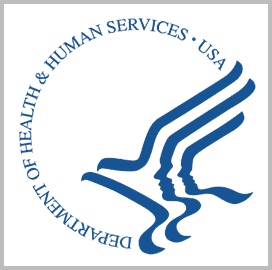
Request for information
DHS Seeking Technologies for Chemical, Biological Agent Detection Testbed
The Department of Homeland Security’s science advisory branch is asking developers of chemical and biological agent detectors to offer technologies for a new testbed in the New York City subway system.
In partnership with the Metropolitan Transportation Authority, DHS’ Science and Technology Directorate will test and evaluate the submitted technologies as part of the Chemical and Biological Advanced Capability Testbed.
The goal is to establish a long-term testbed in a real-world setting to evaluate the effectiveness of detection technologies. The environment will also be used for testing threat mitigation strategies, DHS said Thursday.
One of the testbed’s objectives is to generate realistic data on performance, operations and costs in the subway environment, DHS said in its request for information.
Another objective is to allow local stakeholder agencies to conduct realistic training exercises.
Don Banselban, S&T’s manager for the testbed program, said that the effort is part of S&T’s mission to prevent terrorism and minimize the impact of attacks on public and critical infrastructure.
S&T serves as the DHS’ research and development arm, taking a scientific approach to challenges in areas like aviation, chemical and biological detection, critical infrastructure security, natural disasters and cybersecurity, according to its web page.
Personnel from the Massachusetts Institute of Technology Lincoln Laboratory will manage the testbed on behalf of S&T, DHS said in its RFI.
Sandia National Laboratories and Argonne National Laboratory are also part of the effort, S&T said.

Category: Federal Civilian




